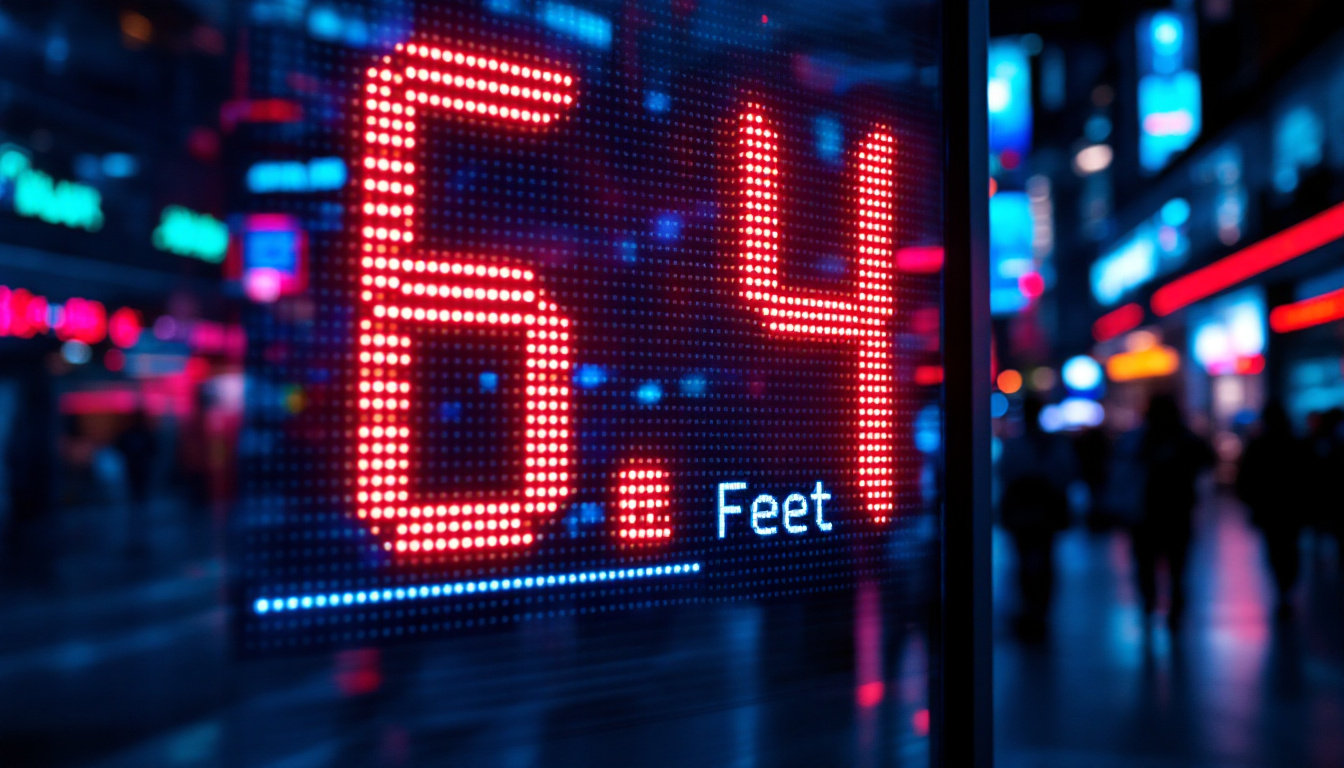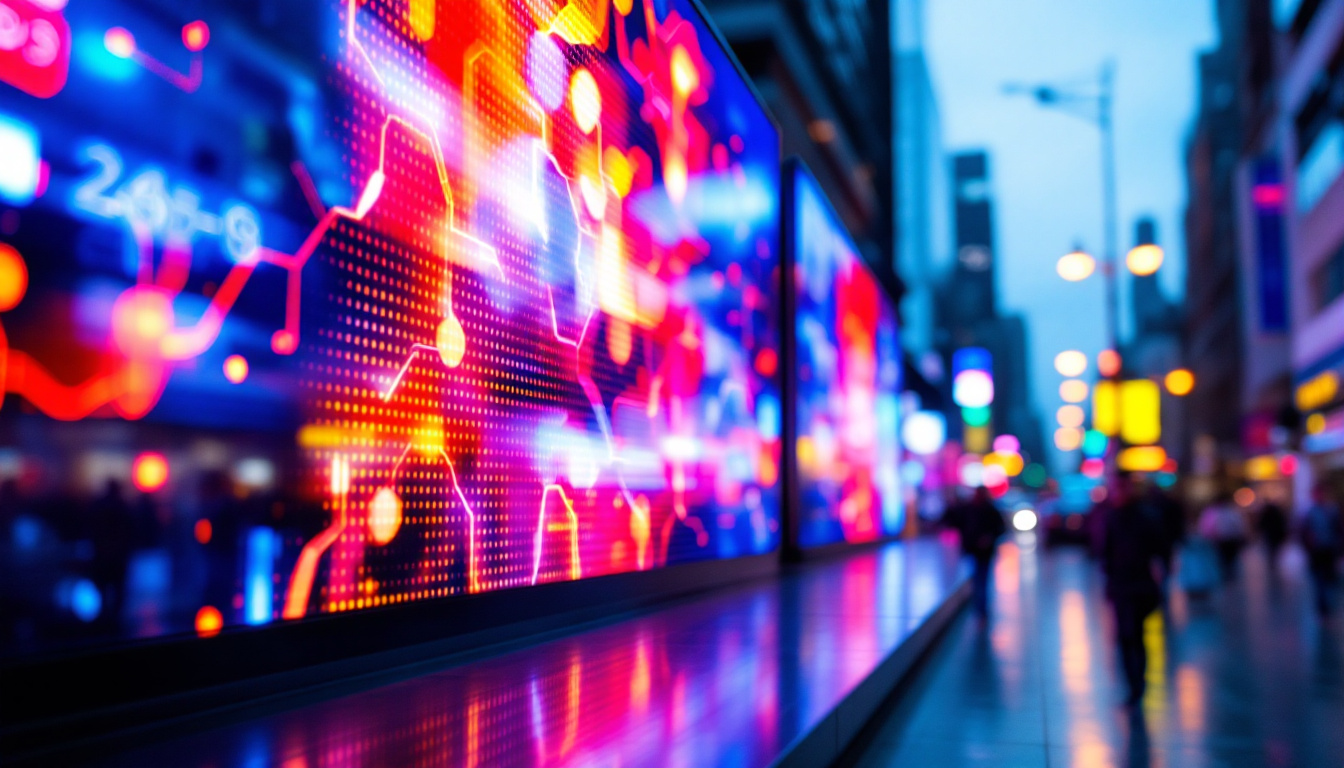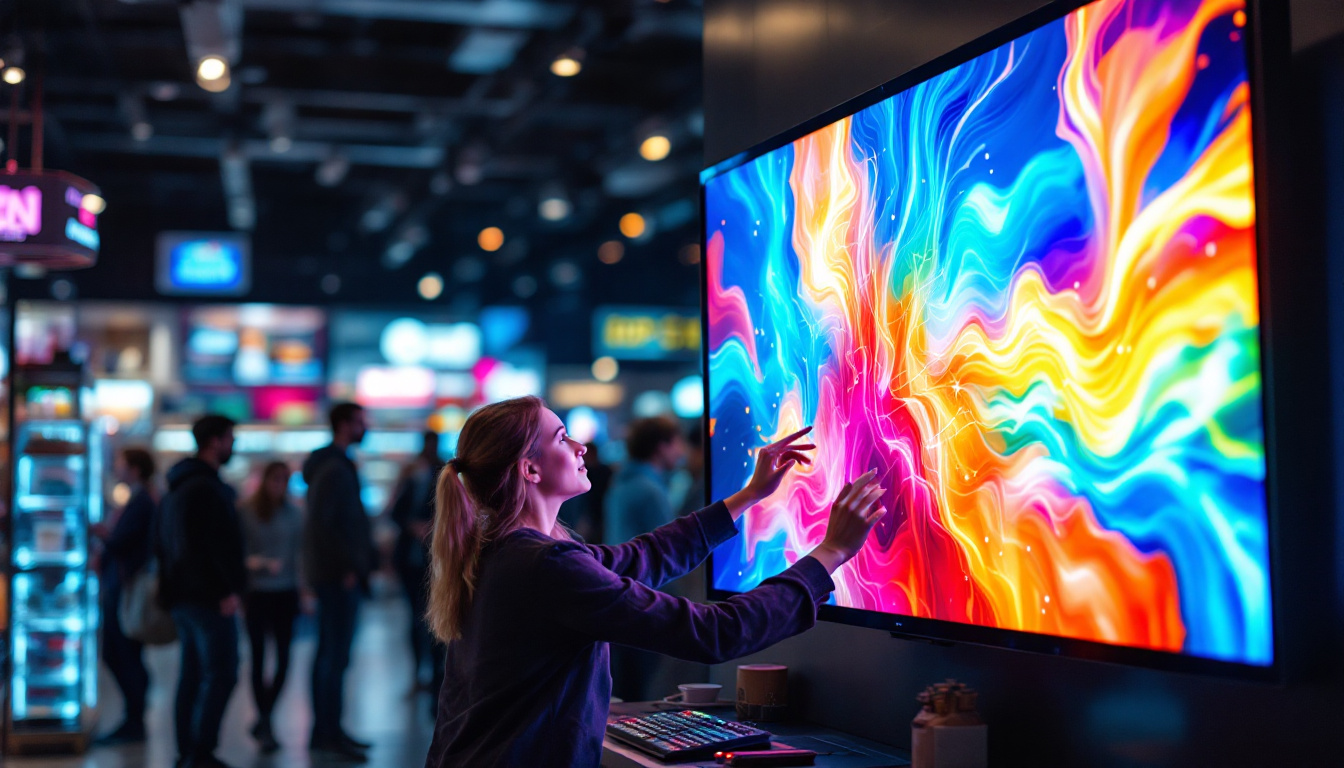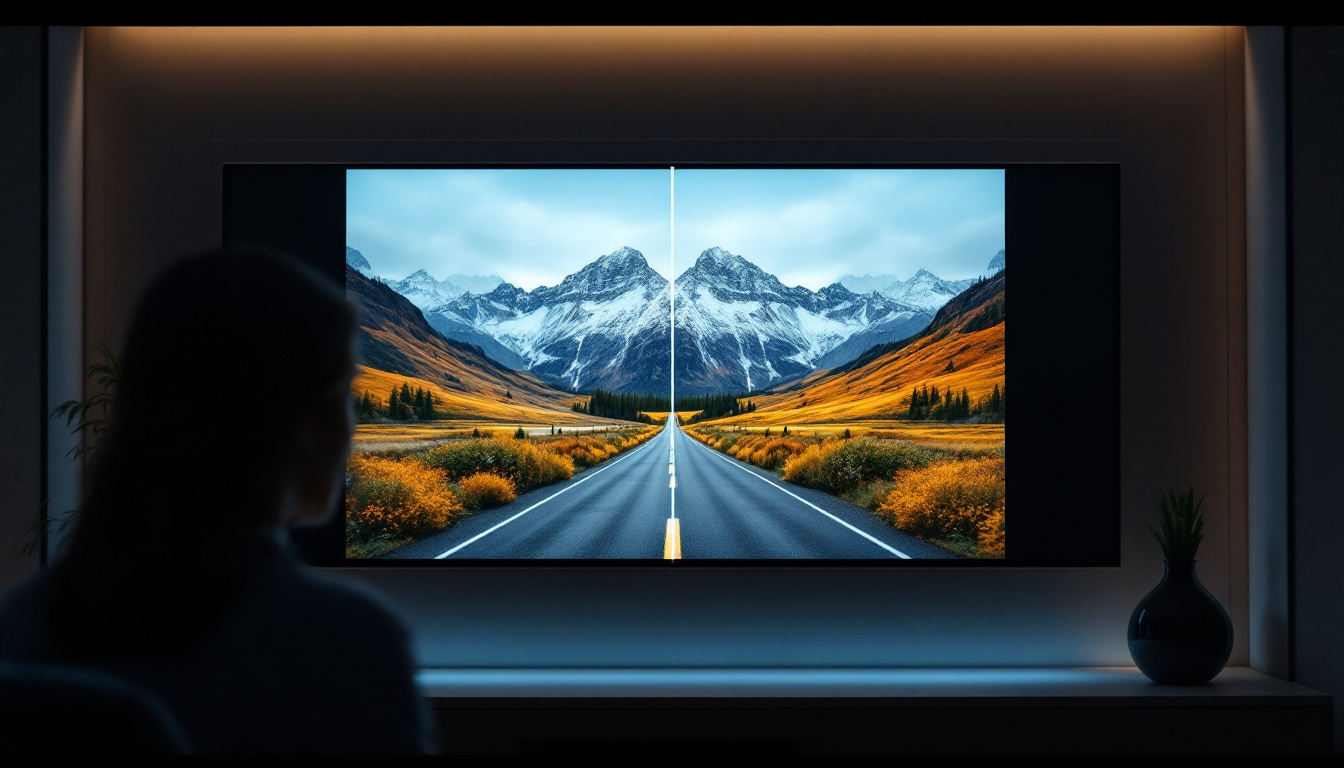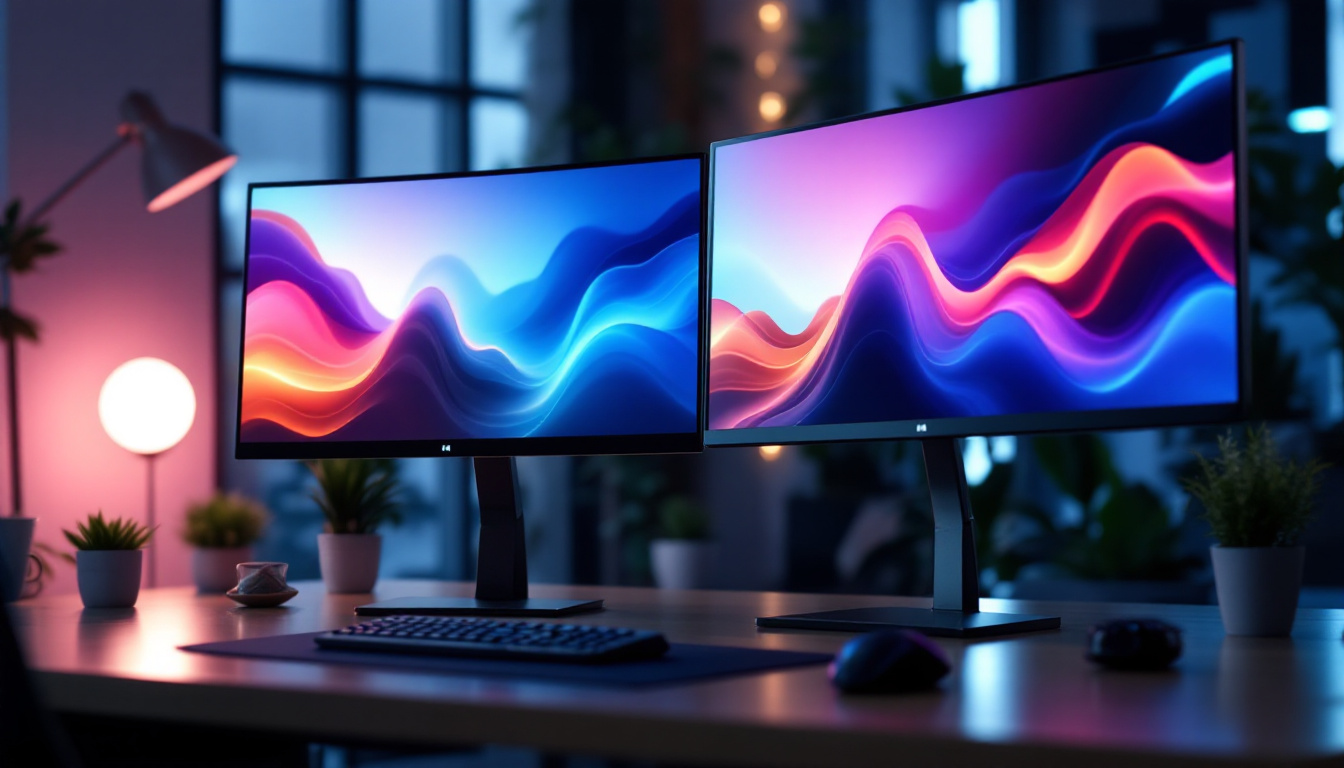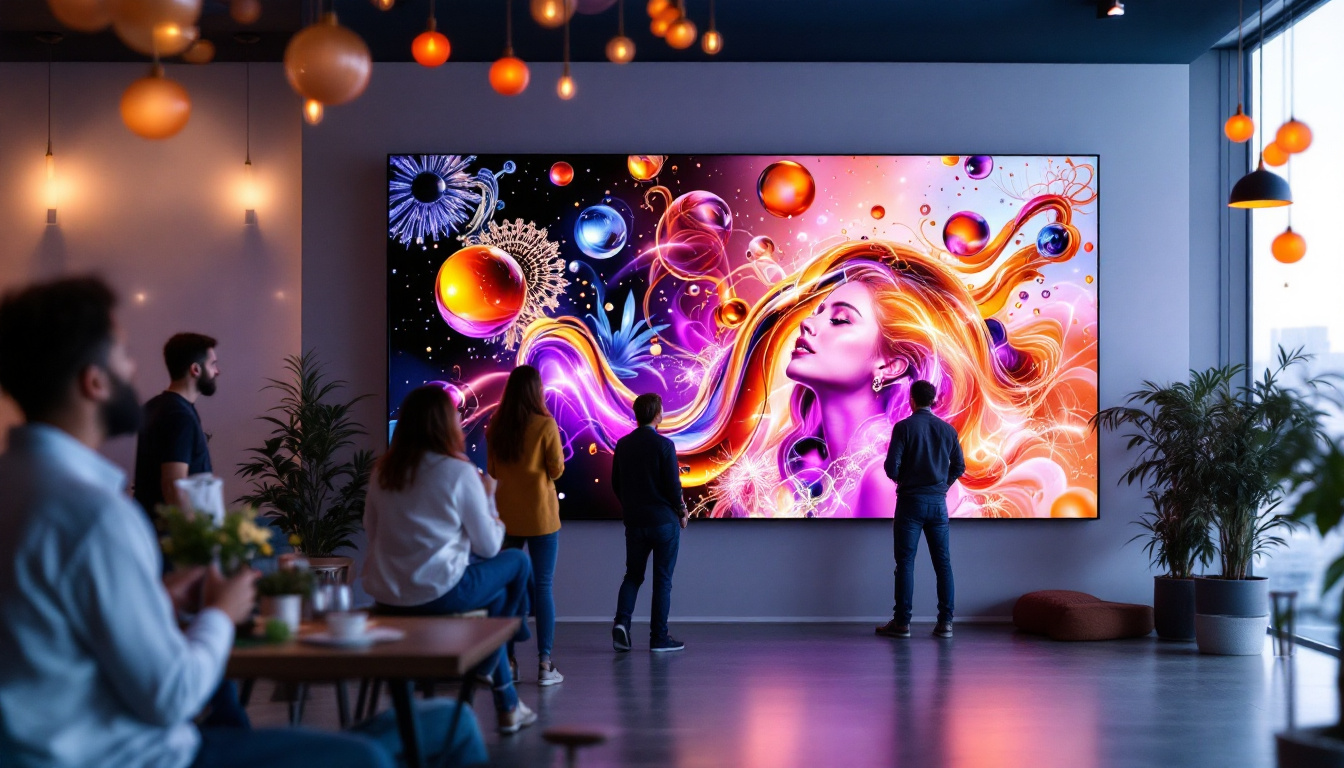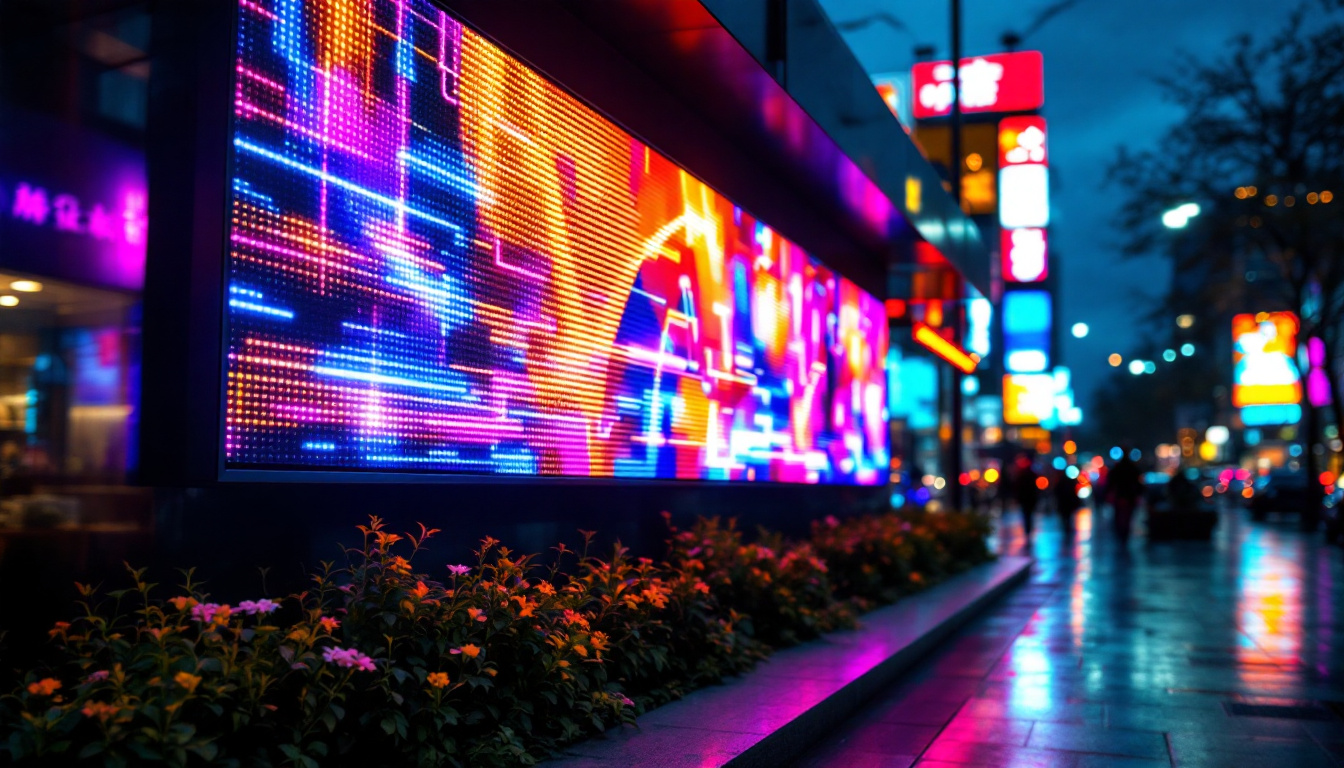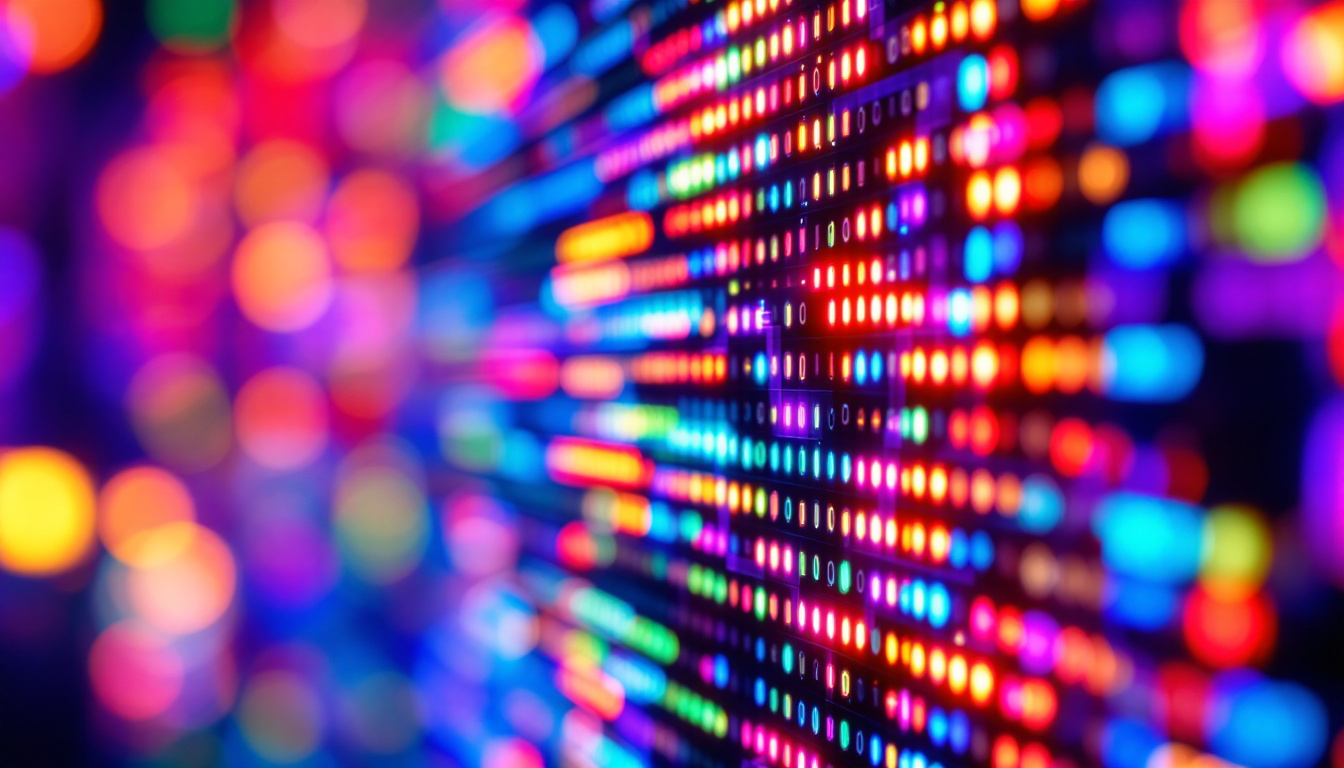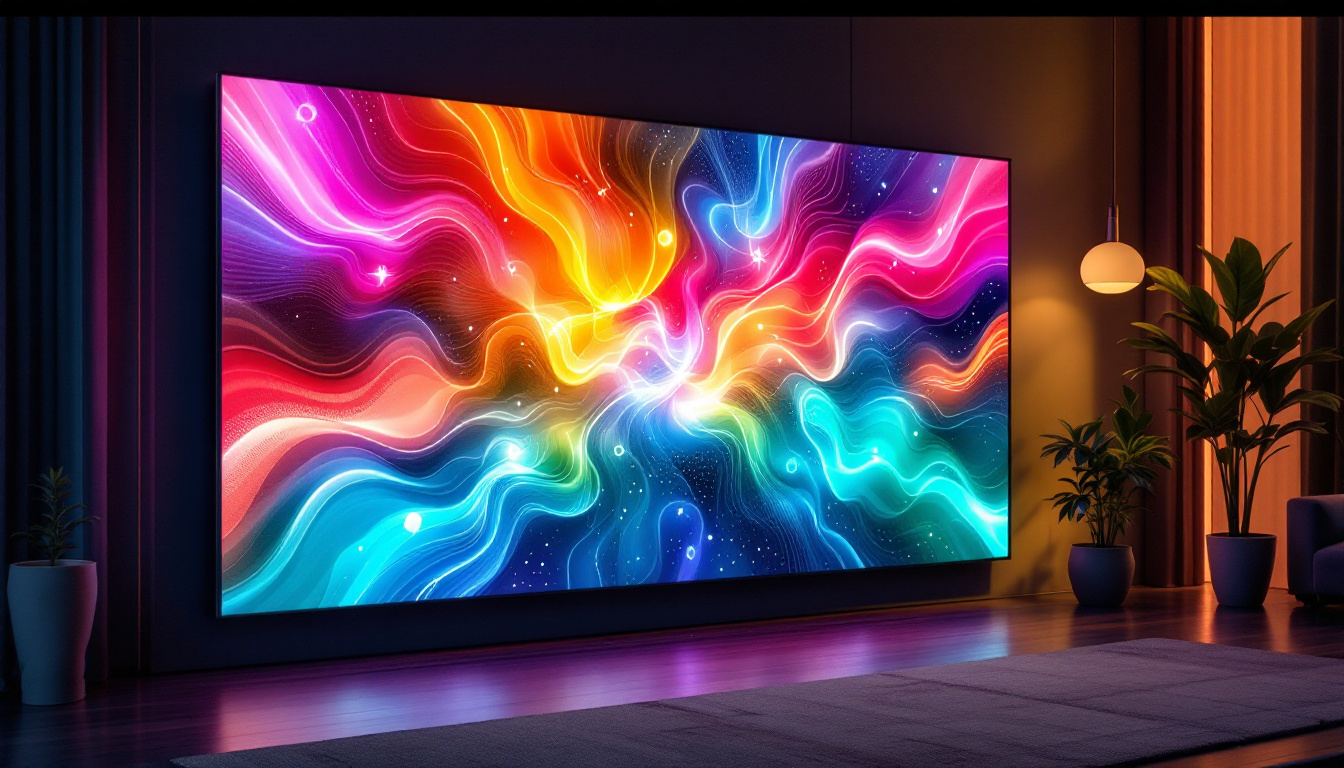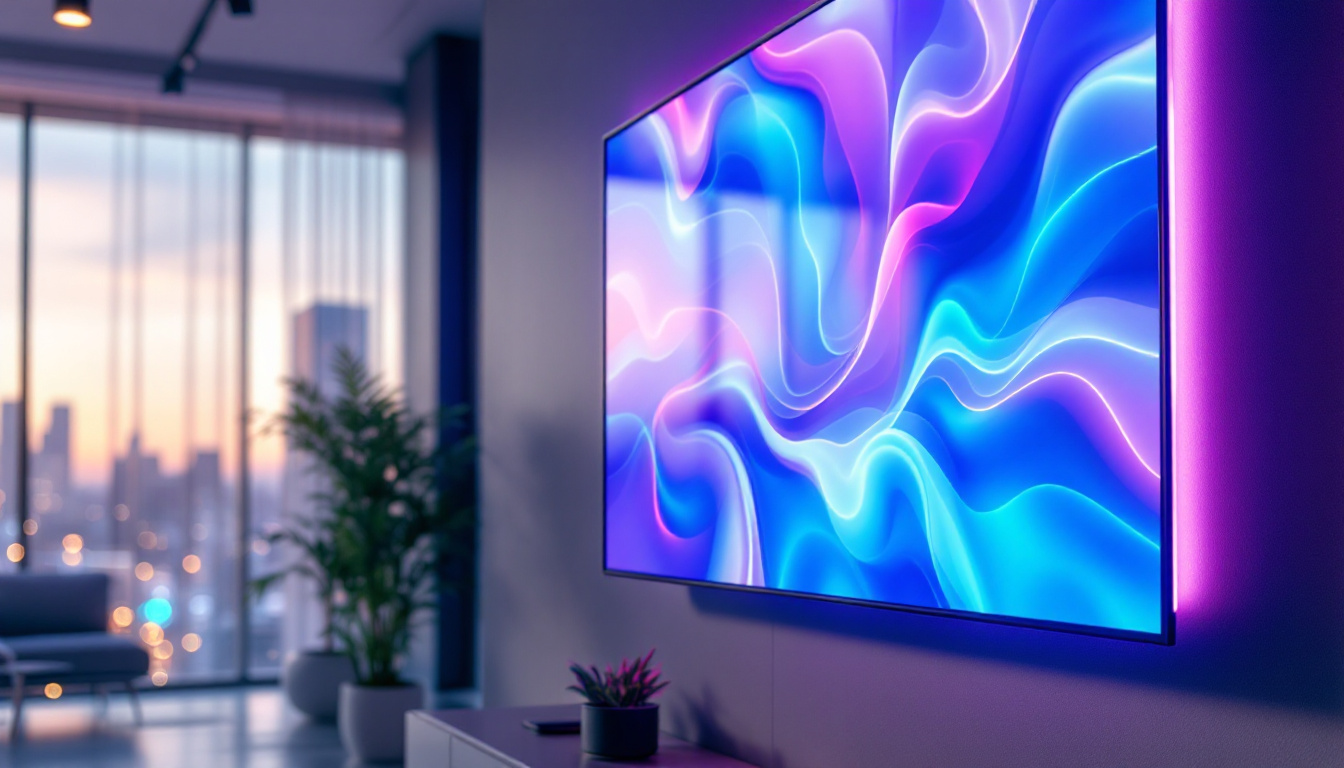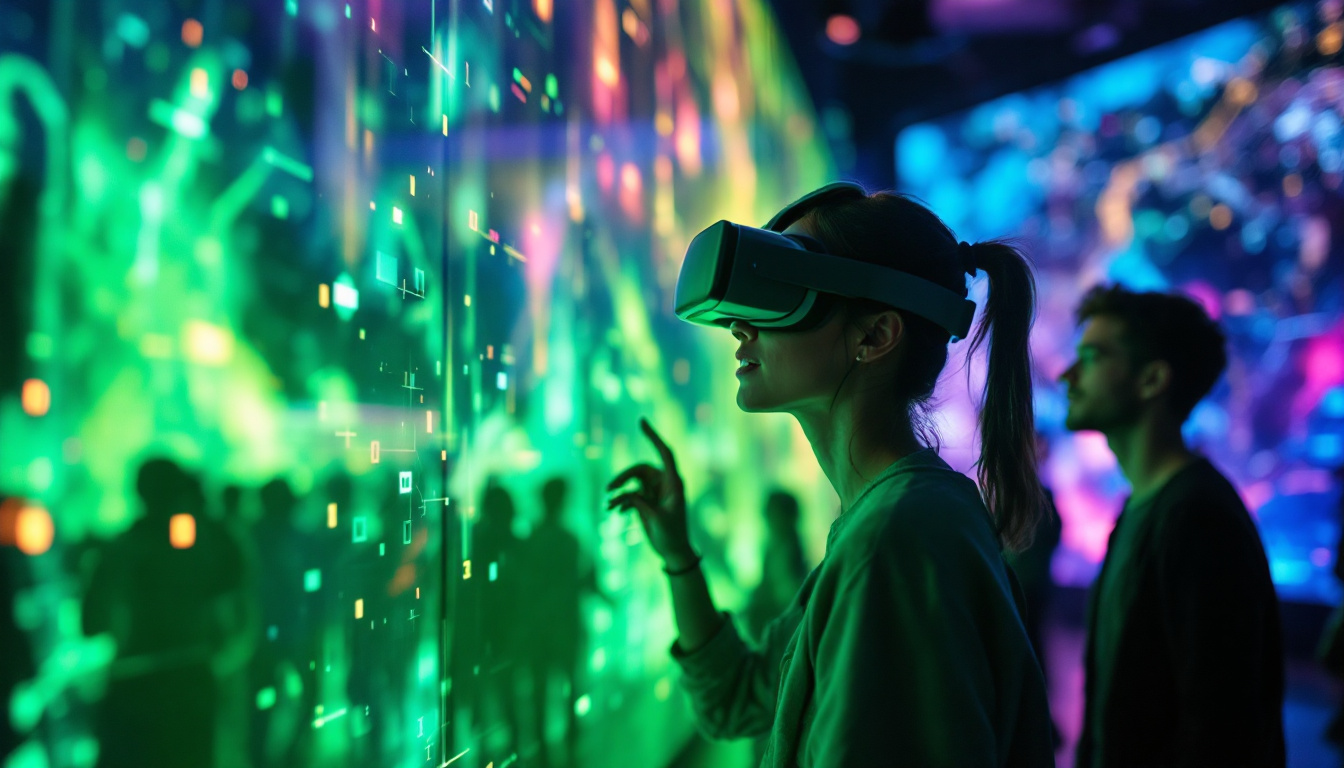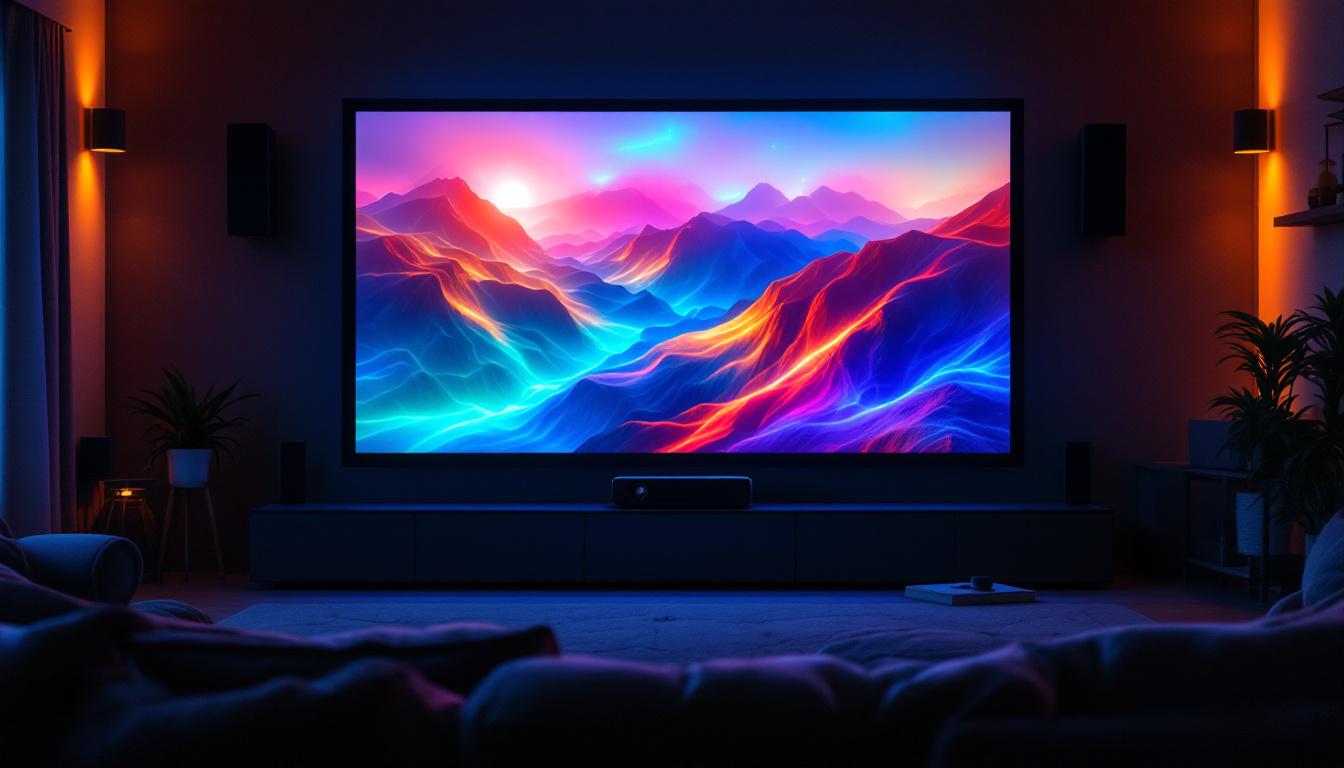In the fast-evolving world of computer technology, the display is one of the most critical components that directly affects user experience. From casual browsing to professional design work, the quality and ergonomics of a computer monitor can significantly impact productivity and comfort. Among the various technologies available, LED displays have become the industry standard, offering superior image quality, energy efficiency, and design flexibility. This article delves into the concept of the computer monitor pedestal and explains the intricacies of LED display technology, providing a comprehensive understanding for both everyday users and professionals.
Understanding the Computer Monitor Pedestal
The term “computer monitor pedestal” refers to the stand or base that supports the monitor on a desk or workstation. While it may seem like a simple accessory, the pedestal plays a crucial role in ergonomics, stability, and overall user experience.
Ergonomics and Adjustability
One of the most important considerations when choosing a computer monitor pedestal is its ergonomic design. A well-designed pedestal allows users to adjust the height, tilt, swivel, and sometimes even the pivot of the monitor. This flexibility helps reduce strain on the neck, shoulders, and eyes, promoting better posture during extended computer use.
For example, the Human Factors and Ergonomics Society recommends that monitors be positioned so that the top of the screen is at or slightly below eye level. Adjustable pedestals make it easier to achieve this ideal position, which can prevent musculoskeletal problems and improve comfort. Furthermore, many modern pedestals also incorporate features like integrated wrist rests or keyboard trays that can enhance the overall ergonomic setup, allowing for a more comprehensive approach to user comfort.
Stability and Build Quality
The pedestal must provide a stable and secure base for the monitor, especially for larger or heavier models. A sturdy pedestal minimizes wobbling or tipping, which is essential for maintaining focus and preventing accidental damage. Materials such as metal or reinforced plastic are commonly used to ensure durability.
Additionally, some pedestals include cable management features that help organize and conceal wires, contributing to a cleaner and more efficient workspace. This not only enhances the aesthetic appeal of the workstation but also reduces the risk of tripping hazards and makes it easier to clean the area around the monitor. Some advanced models even offer built-in USB hubs or power outlets, further streamlining the user experience by keeping essential connections within easy reach.
Design and Aesthetics
Modern monitor pedestals are designed not only for functionality but also to complement the aesthetics of the workspace. Sleek, minimalist designs with slim profiles are popular, especially in professional environments where a clean and organized look is valued.
Moreover, the choice of color and finish can significantly impact the overall ambiance of the office or home workspace. Many manufacturers now offer a range of customizable options, allowing users to select pedestals that match their existing decor or personal style. From matte black to glossy white, or even vibrant colors, the right pedestal can serve as a stylish accent while maintaining its primary function. Additionally, some pedestals are designed with eco-friendly materials, appealing to environmentally conscious consumers who wish to create a sustainable workspace without compromising on style or performance.
LED Display Technology: The Backbone of Modern Monitors
LED, or Light Emitting Diode, technology has revolutionized the way computer monitors display images. Understanding how LED displays work and their advantages over other technologies is key to appreciating why they dominate the market today.
What is an LED Display?
An LED display is a type of LCD (Liquid Crystal Display) that uses light-emitting diodes as a backlight source instead of traditional cold cathode fluorescent lamps (CCFLs). This subtle but significant change has led to numerous benefits in terms of image quality, energy consumption, and design possibilities. The transition from CCFL to LED backlighting has not only improved the visual experience for users but has also paved the way for innovations in display technology, such as ultra-thin monitors and flexible screens that can be bent or curved to fit various applications.
How LED Displays Work
In an LED display, the screen itself consists of liquid crystals that modulate light to create images. The LEDs are positioned behind or along the edges of the screen and provide the light necessary for the liquid crystals to display colors and images. Depending on the configuration, LED backlighting can be categorized as:
- Edge-Lit LED: LEDs are placed around the edges of the screen, allowing for thinner panels but sometimes resulting in less uniform brightness.
- Full-Array LED: LEDs are distributed evenly behind the entire screen, offering better brightness uniformity and contrast.
- Mini-LED: A newer technology using smaller LEDs for more precise local dimming and improved contrast ratios.
Advantages of LED Displays
Compared to older display technologies such as CCFL-backlit LCDs or even plasma screens, LED displays offer several key advantages:
- Energy Efficiency: LEDs consume less power, which reduces electricity costs and environmental impact. According to the U.S. Department of Energy, LED-backlit LCDs can use up to 40% less energy than CCFL-backlit models.
- Improved Brightness and Contrast: LED backlighting provides brighter images and deeper blacks, enhancing overall picture quality. Full-array LED monitors with local dimming can achieve contrast ratios exceeding 100,000:1.
- Thinner and Lighter Designs: LED technology enables slimmer monitor profiles, making them more aesthetically pleasing and easier to position on desks.
- Longer Lifespan: LEDs generally last longer than CCFLs, often exceeding 50,000 hours of use.
Moreover, LED displays have become increasingly popular in various applications beyond traditional computer monitors. For instance, they are widely used in televisions, smartphones, and even large-scale outdoor advertising screens. The vibrant colors and high refresh rates provided by LED technology make them ideal for gaming and multimedia consumption, where visual fidelity is paramount. Additionally, advancements in HDR (High Dynamic Range) technology have further enhanced the capabilities of LED displays, allowing for a broader range of colors and improved brightness levels that create more lifelike images.
The versatility of LED technology also extends to its adaptability in different environments. Whether in a brightly lit office or a dimly lit home theater, LED displays can adjust their brightness and color settings to optimize viewing experiences. This adaptability is especially beneficial for professionals in fields such as graphic design and video editing, where color accuracy is crucial. As LED technology continues to evolve, we can expect even more innovations that will push the boundaries of display capabilities, making them an essential component of our digital lives.
How the Monitor Pedestal and LED Display Work Together
The synergy between the monitor pedestal and LED display technology is essential in delivering a superior user experience. While LED technology enhances the visual performance of the monitor, the pedestal ensures that this performance is accessible and comfortable for the user.
Optimizing Viewing Angles and Comfort
LED displays typically offer wide viewing angles, especially with IPS (In-Plane Switching) panels, which maintain color accuracy and brightness even when viewed from the side. However, the pedestal’s adjustability ensures that users can position the monitor at the optimal angle and height, reducing glare and eye strain.
Space Efficiency and Desk Organization
Modern LED monitors are often designed with slim bezels and compact footprints, and the pedestal complements this by offering a stable yet unobtrusive base. Some pedestals include swivel and pivot functions, allowing users to switch between landscape and portrait modes without moving the entire monitor, which is especially useful for coding, design, and document editing.
Enhancing Productivity and Health
By combining high-quality LED displays with ergonomic pedestals, users can create a workstation that supports long hours of work without discomfort. Studies have shown that proper monitor positioning can reduce musculoskeletal discomfort and improve focus, ultimately enhancing productivity.
Choosing the Right Monitor Pedestal for Your LED Display
Selecting the appropriate pedestal for your LED monitor involves considering several factors related to ergonomics, compatibility, and personal preferences.
Compatibility with Monitor Size and Weight
Ensure that the pedestal can support the size and weight of your LED monitor. Larger monitors, especially ultrawide or 4K displays, require sturdier bases to maintain stability. Manufacturers typically provide specifications indicating the maximum supported weight and screen size.
Range of Adjustability
Look for pedestals that offer height adjustment, tilt, swivel, and pivot if flexibility is important to you. Some monitors come with built-in adjustable stands, but external monitor arms or pedestals can provide additional customization.
Desk Space and Cable Management
Consider the footprint of the pedestal and whether it fits well on your desk. Features like integrated cable management can help keep your workspace tidy, which is beneficial for both aesthetics and safety.
Material and Build Quality
Invest in a pedestal made from durable materials such as metal or high-quality plastic to ensure longevity and stability. A well-built pedestal will also minimize vibrations and wobbling, which can be distracting.
Future Trends in Monitor Pedestals and LED Displays
The technology behind computer monitors continues to advance rapidly, with innovations that promise to further enhance user experience and workspace design.
Integration of Smart Features
Future monitor pedestals may incorporate smart features such as built-in USB hubs, wireless charging pads, or even environmental sensors that adjust screen brightness based on ambient light. These integrations aim to streamline desk setups and improve convenience.
Advancements in LED Technology
Mini-LED and Micro-LED technologies are poised to revolutionize display quality by offering higher brightness, better contrast, and improved energy efficiency. These advancements will likely come paired with design improvements in monitor pedestals to support thinner and lighter screens.
Ergonomic Innovations
As awareness of workplace health grows, ergonomic designs will become more sophisticated. Pedestals with motorized adjustments, memory presets, and integration with standing desks are already emerging, allowing users to seamlessly switch between sitting and standing positions.
Conclusion
The computer monitor pedestal and LED display technology together form the foundation of an effective and comfortable computing environment. Understanding the importance of ergonomic design in pedestals and the technical advantages of LED displays empowers users to make informed decisions that enhance both productivity and well-being.
Whether upgrading a home office or outfitting a professional workspace, investing in a high-quality monitor pedestal paired with an LED display ensures a balance of visual excellence, comfort, and durability. As technology continues to evolve, staying informed about the latest trends and features will help users maintain an optimal and future-proof workstation.
Discover the Future of Visual Display with LumenMatrix
Ready to elevate your computing environment with the latest in LED display technology? LumenMatrix offers a wide array of innovative LED display solutions tailored to meet your needs. From captivating Indoor LED Wall Displays to dynamic Outdoor LED Wall Displays, and from versatile Vehicle LED Displays to sleek LED Poster Displays, our products are designed to revolutionize visual communication. Experience the difference with LumenMatrix’s cutting-edge digital signage and LED display solutions that promise to enhance engagement and convey your message with unparalleled impact. Check out LumenMatrix LED Display Solutions today and transform your professional workspace into a beacon of visual excellence.







